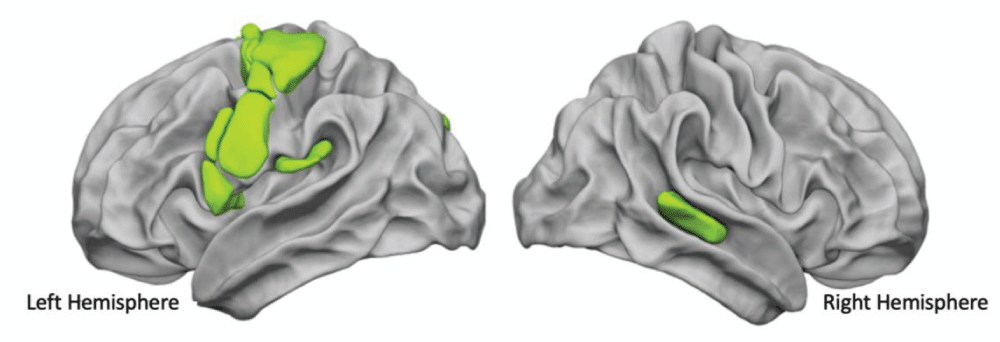Abstract
The modalities of communication are the sum of the expression dimension (linguistics) and the expressivity dimension (prosody), both being equally important in language communication. The expressivity dimension which comes first in the act of speech, is the basis on which phonemes, syllables, words, grammar, and morphosyntax, i.e., the expression dimension of speech is superimposed. We will review evidence (1) revealing the importance of prosody in language acquisition and (2) showing that prosody triggers the involvement of specific brain areas dedicated to sentences and word-list processing. To support the first point, we will not only rely on experimental psychology studies conducted in newborns and young children but also on neuroimaging studies that have helped to validate these behavioral experiments. Then, neuroimaging data on adults will allow for the conclusion that the expressivity dimension of speech modulates both the right hemisphere prosodic areas and the left hemisphere network in charge of the expression dimension.




![Modality of communication [1,2].](https://www.igminresearch.com/articles/figures/igmin182/igmin182.g001.png)


![The phonological action- perception loop for word processing in relation with Fuster’s model with Fuster’s model [84].](https://www.igminresearch.com/articles/figures/igmin182/igmin182.g004.png)



